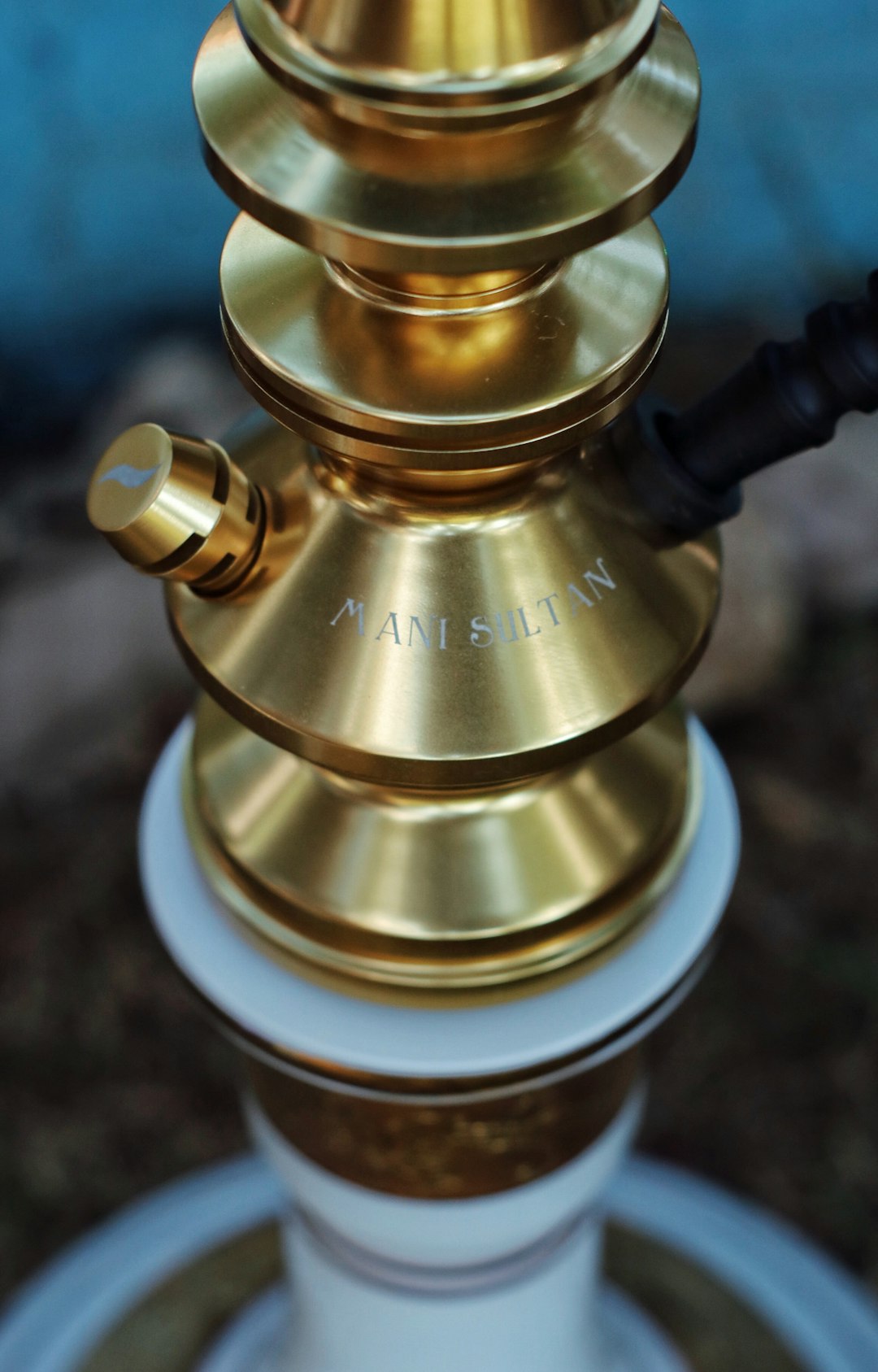Why Use a Ball Valve Versus a Globe Valve?
Why Use a Ball Valve Versus a Globe Valve?

Introduction
In the world of industrial flow control, selecting the right valve type for a specific application is crucial for system efficiency, safety, and longevity. Ball valves and globe valves are two of the most commonly used valve types, each with distinct characteristics that make them suitable for different scenarios. This article explores the key differences between these valve types and provides guidance on when to choose one over the other. For more specialized valve solutions, visit STV Valves.
Ball Valves: Design and Operation
Ball valves utilize a spherical disc (the ball) with a hole through the center. When the valve is open, the hole aligns with the flow path, allowing media to pass through. When rotated 90 degrees, the solid part of the ball blocks the flow path, effectively shutting off flow.
These valves are operated by turning a handle that rotates the ball. Most ball valves are quarter-turn valves, meaning they require only a 90-degree turn to go from fully open to fully closed, making them quick and easy to operate.

Globe Valves: Design and Operation

Globe valves feature a movable plug or disc and a stationary ring seat in a globular body. The plug is attached to a stem that is connected to a handwheel. As the handwheel is turned, the stem moves the plug toward or away from the seat to control flow.
Unlike ball valves, globe valves typically require multiple turns to fully open or close, providing more precise flow control but requiring more time and effort to operate.
Key Differences and Selection Criteria
Flow Characteristics
Ball Valves: Provide straight-through flow with minimal pressure drop when fully open. They offer excellent shut-off capabilities but are less effective for throttling applications.
Globe Valves: Create a more restricted flow path even when fully open, resulting in higher pressure drops. However, they excel at throttling and can provide precise flow control.
Operation and Control
Ball Valves: Quarter-turn operation makes them quick and easy to operate, ideal for applications requiring rapid shutoff. However, this makes precise flow adjustment more challenging.
Globe Valves: Multi-turn operation allows for more precise flow adjustment. The linear motion of the disc provides a direct relationship between stem travel and flow rate.
Maintenance and Durability
Ball Valves: Generally require less maintenance due to fewer moving parts. The ball's rotation minimizes wear on the seats, often resulting in longer service life in on/off applications.
Globe Valves: The sliding action between the disc and seat can lead to faster wear, potentially requiring more frequent maintenance. However, many components can be replaced without removing the entire valve from the line.
When to Choose a Ball Valve
- On/off applications requiring tight shutoff
- When quick operation is necessary
- For services where minimal pressure drop is crucial
- In applications with infrequent operation
- Where space is limited (compact design)
- For clean services without particulates that could damage the seats
When to Choose a Globe Valve
- Throttling applications requiring precise flow control
- When frequent adjustment of flow rate is needed
- For high-pressure applications
- When preventing water hammer is a concern
- For services with temperature extremes
- In systems requiring relatively high pressure drops
Industry-Specific Applications
Oil and Gas
Ball Valves: Widely used for main line isolation, tank farms, and where quick shutoff is essential.
Globe Valves: Used for control applications, bypass lines, and where precise flow regulation is needed.
Water and Wastewater
Ball Valves: Common in distribution networks, pump stations, and residential applications.
Globe Valves: Used for flow control in treatment processes and dosing applications.
Power Generation
Ball Valves: Utilized for isolation in cooling systems and general service lines.
Globe Valves: Preferred for steam applications, feedwater systems, and control circuits.
Chemical Processing
Ball Valves: Used for quick isolation in emergency situations and batch processing.
Globe Valves: Employed for precise chemical dosing, mixing operations, and where flow control accuracy is paramount.
Cost Considerations
Initial acquisition cost is only one factor to consider when selecting valve types. Ball valves typically have a higher upfront cost compared to similar-sized globe valves, but this may be offset by lower installation and maintenance costs over the valve's lifespan. When calculating the true cost of ownership, consider factors such as:
- Initial purchase price
- Installation time and complexity
- Maintenance requirements and frequency
- Energy costs related to pressure drop
- Expected service life in the specific application
For expert guidance on selecting the right valve for your specific application, consult with the valve specialists at STV Valves. Their engineering team can provide customized recommendations based on your system requirements, operating conditions, and budget constraints.
Conclusion
The choice between ball valves and globe valves should be based on a thorough understanding of your application requirements. While ball valves excel in on/off service with their quick operation and low pressure drop, globe valves are the preferred choice for throttling applications requiring precise flow control. By carefully considering factors such as flow characteristics, control requirements, maintenance needs, and cost implications, you can select the valve type that will provide the best performance and value for your specific application.
Remember that valve selection is often a balancing act between various factors, and in some cases, a hybrid solution or specialized valve type might be the optimal choice. Always consult with valve experts and refer to industry standards and best practices when making your final decision. Visit www.stvvalves.com to explore comprehensive valve solutions for your industrial applications.
评论
发表评论